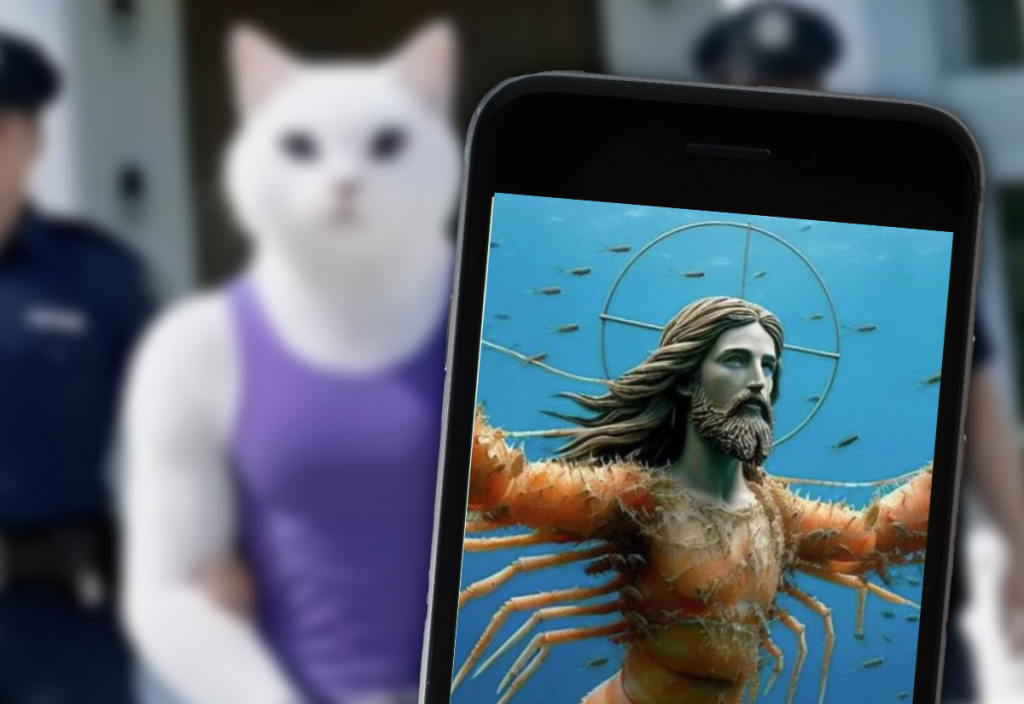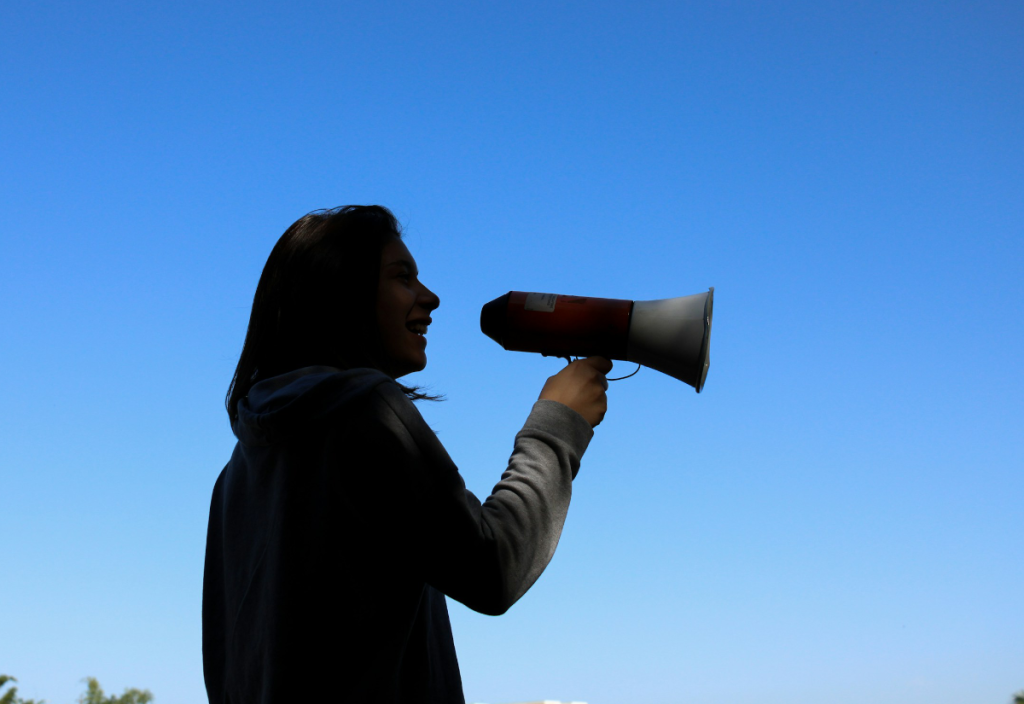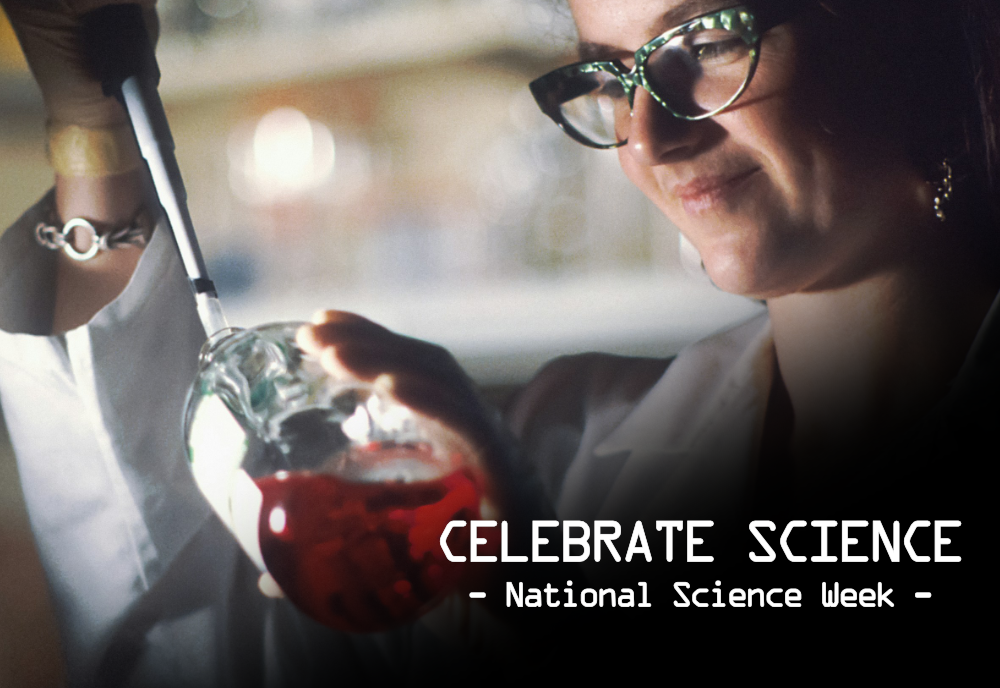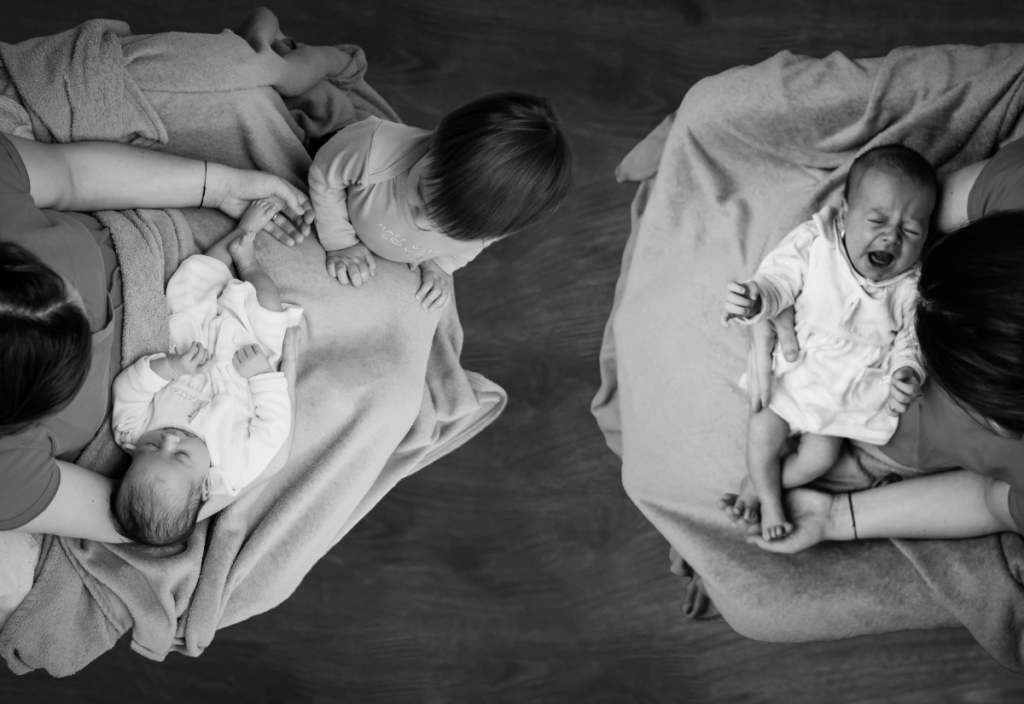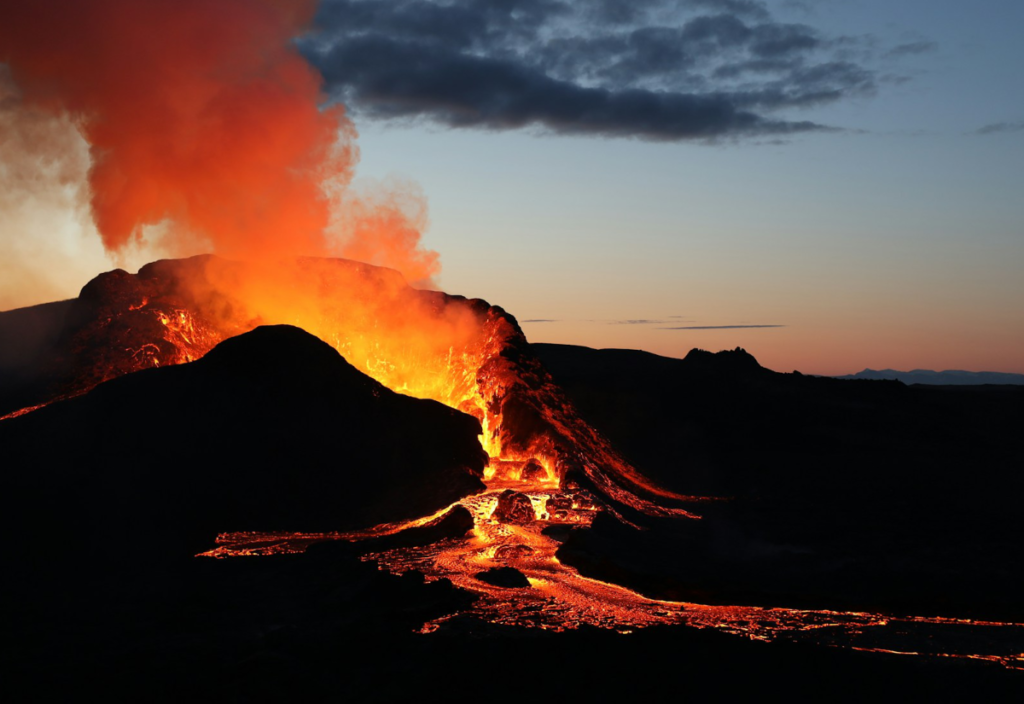Back in 1987, around the beginnings of the HIV/AIDS pandemic in Australia, as a Senior Medical Officer I had volunteered to do a Queensland Health prepared community education program with the Year 12s, teachers, parents and towns and communities across Far North Queensland.
At the time, I felt that I had the most educational success with the Year 12 students. Why? I think because they had the most recent and up-to-date science education, especially a grounding in biology. It was these students who understood the implications of HIV being able to enter the nucleus of a host cell and proliferate whilst being protected from the host immune system and any treatment drugs we tried to develop.
Importantly, with their biological understanding of how the world ‘works’, they knew that they could have close HIV positive friends, care for them and family members, and still protect themselves from becoming infected.
Today, post COVID-19 pandemic, we need a biologically grounded and educated community more than ever.
Perhaps there has been more acceptance of the reality of homosexuality today – at least in most Western countries – than there was in the early stages of the HIV/AIDS pandemic. Even the Vatican has eased off a little recently from its earlier condemnatory stance. However, racism and caste divisiveness are still with us, and we are witness to ongoing sexism, misogyny, violence against women, sexual abuse, child abuse, and wars based on tribal/cultural/religious differences. Even our treasured liberal democracies are under threat of populist despotism.
What can we do? Misinformation and disinformation are rife, and many of our fellow community members seem to have lost their tether completely. Like a bunch of different coloured helium-filled balloons released at a festive occasion, they float off in all directions with the slightest of breezes. A core problem is essentially one of belief versus understanding. It’s as simple as that.
I want to share my idea for a community program underpinned by open discussion that I believe can help people understand the differences in thinking about our world. For this, I have developed a draft program, ‘A Biologian’s Workbook’, which could provide the starting point for anyone wishing to pursue it.
Firstly, all topics for discussion should be linked back to a relevant chapter in a modern biology textbook. For example, if you were using Biology (Raven, et al) for discussions relating to the origins and evolution of religion, the starting point would be Chapter 53.3, ‘The Development of Behaviour’.
The discussion would develop from ancient Homo sapiens’ burial practices through to animism as the first religion, shamanism, the doctrinal religions beginning in the Neolithic period, through to the present day. In leading the discussion, you would present many reference texts, maps, diagrams and relevant pictures to assist with understanding.
It would became clear for community participants then that our present-day doctrinal religions did not just appear in the early city states as the population expanded in the Neolithic period, but incorporated within themselves much of the beliefs, cosmologies and practices of the earlier animism and shamanism – like layers of an onion.
…many of our fellow community members seem to have lost their tether completely. Like a bunch of different coloured helium-filled balloons released at a festive occasion, they float off in all directions with the slightest of breezes.
Starting from a grounding in animal behaviour has the advantage of expanding our understanding along a continuum of, for instance, ritual – a practice so central to religion. Ritual in humans can include anything from human sacrifice, such as with the Aztecs, to praying for rain. During a drought period in Queensland in the early 1980s, then-Premier Joh Bjelke-Petersen, issued a plea to all Queenslanders to get down on their knees and pray for rain – so much for separation of church and state!
Our closest primate cousins, the chimpanzees, have a spectacular ritual for chasing away thunder and lightning storms in heavy rain. While the females and young are running for cover, the big alpha males make a huge commotion, screaming out, whacking into trees and logs with broken branches, running up and down, until the rain stops, and the storm moves on. It works every time, and the females and young ones are, no doubt, very impressed.
The Axial Age was the turning point for humanity, with a dawning of insight into a new way of thinking and understanding the world. Three example thinkers from the period are Thales, Heraclitus and Gotama (the Buddha). Thales demonstrated, through meticulous observation and measurements with simple instruments and mathematics, that a complete eclipse of the sun could be accurately predicted. Heraclitus, through observation of the natural processes around him, argued that the world was a flowing series of interconnected processes. His famous quote summarised this insight: “One cannot step into the same river twice.” Gotama, through his insight termed ‘Dependent Arising’, argued that everything is interconnected and interdependent, and most of mankind’s problems arise from his inner nature of selfishness and status-seeking. No gods or evil spirits are involved in these at all. With insight, humanity can overcome most problems.
Such insights led to a different type of thinking to that of animism, shamanism and the doctrinal religions. We call it the ‘scientific method’.
In the current understanding, there are five core concepts in modern biology: life is subject to chemical and physical laws; structure determines function; living systems transform energy and matter; living systems depend on information transactions; evolution explains the unity and diversity of life.
In over 100 thousand years or more of animism, our ancestors split their world into two parts – the supernatural and natural worlds. For simplicity, this can be termed ‘type A’, or ‘Ani-mystic’, thinking. It is probably still the most prevalent type of thinking in our world today.
The fresh type of thinking based on science can be termed ‘type B’, or ‘Bio-logic’, thinking, with the focus being on the understanding of natural processes in the one and only natural world we have. This sets the scene for discussions relating to the next set of problems we have, namely, racism and caste.
To understand the origins of racism and caste through our ‘open discussion approach’, we need to construct and examine a detailed timeline of the human family, Homo sapiens. If we were to refer to the textbook, we would point to chapter 34.10, ‘Evolution of the Primates’.
The timeline would follow the origins and evolution of our ancestors from seven million years ago through to the present day. It would follow, in parallel, our two most closely related hominins, Neanderthals and Denisovans.
The Homo sapiens’ three major migrations out of Africa would be described, and the ebb and flow of advances in technologies and adaptations to new environments, and the birth of expression in art, depicted.
At the end of the timeline, we would present maps of the genetic patterns found in the populations in various parts of the world today. The range of percentages of Neanderthal and/or Denisovan genes in present-day populations tell a story of probable advantageous natural selection and environmental adaptation along the migration paths taken by our ancestors, whether colonising their way through the tropical latitudes, living in high altitude on the Tibetan plateau, or following the retreat of the icefields in the higher latitudes.
The third group of discussion topics would relate to current LGBTIQ issues and matters of rearing children, plus societal problems of misogyny, sexual abuse and violence. These discussion threads would be grounded in Chapter 53.11 of the textbook, ‘Reproductive Strategies’.
At first, the topics in this section would aim to give a background on primate sexuality and reproductive strategies. This would highlight the stark differences in strategy taken by our closest primate relatives, the aggressive alpha male-dominated chimpanzee, as opposed to the female-pacified strategies of the bonobo. Then, across human cultures, examples would outline the variations in marriage, kinship structures, and accepted sex and gender identities. Finally, one could present mother-and-child survival strategies from across indigenous cultures.
In September 2003, the National Men’s Health Forum held its annual conference near Cairns in Queensland. For the previous five years or so, I had worked mostly in sexual health and occasionally in men’s health and domestic violence across Far North Queensland. The conference organisers asked me to give a presentation on my work. I’m sure they thought I would talk about the dire situation with sexually transmitted diseases (STDs). Instead, I decided to give an elementary summary of human cultural variations in patriarchy/matriarchy, kinship systems, marriage structures, and child rearing in various indigenous peoples around the world.
One or two in the all-male audience heckled me at times. Following my talk, however, three men came up to me to thank me. One was a young Aboriginal health worker from the Northern Territory who appreciated that I had pointed out there were alternatives to patriarchy. The other two were psychologists who worked with male domestic violence offenders. They told me that, going forward, they would include what I had presented in the therapy and discussion sessions they have with their clients.
My draft program, ‘A Biologian’s Workbook’, demonstrates visually – via mind maps/concept maps on screens – biologically based information for group discussion or individual consideration. Ultimately, I would like to see such a program institutionalised and made accessible through learning centres in public libraries and universities.
I believe that could help us replicate in a broader section of our society what I saw in those Year 12 students who understood the biological explanation for the health crisis we faced all those years ago.
Published 16 May 2024.
If you wish to republish this original article, please attribute to Rationale. Click here to find out more about republishing under Creative Commons.
Photo: Shutterstock.





